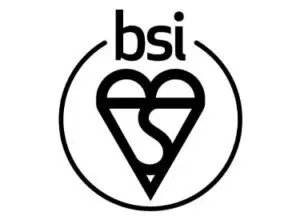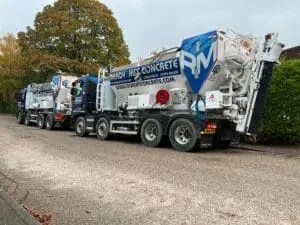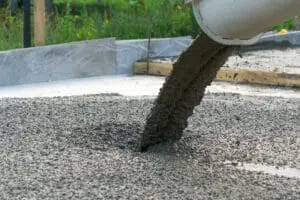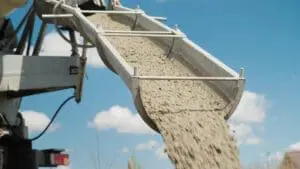Concrete is a versatile and durable construction material that plays a vital role in various building projects. With numerous types of concrete available, choosing the most suitable one for your construction activity can be a daunting task. This article aims to provide an extensive overview of 24 types of concrete, their characteristics, and their ideal applications. We are using our wealth of knowledge within Ready2Mix to put this together with a little bit of research. Who wouldn’t want to know more about concrete? By understanding these concrete varieties, you can make informed decisions and achieve optimal results for your building endeavours.

Commercial Concrete:
1. Gen 0 Concrete
Gen 0 Concrete is made up of cement, aggregate and water. This type of concrete doesn’t have that high of a compressive strength (~7.5 N) and there fore isn’t used for structural construction however, it does still have a wide variety of applications due to it’s workability, this concrete is mainly used for filling and leveling layers or bases for paving slabs.
2. Gen 1 Concrete
Compared to Gen 0, Gen 1 is a slightly stronger and more versatile mix and was designed for applications where moderate strength is required but structural loads are still minimal. This type of concrete has a slightly higher cement content than Gen 0, using a mix of fine (sand) and coarse (gravel or crushed stone) aggregates and an adequate amount of water. This concrete’s compressive strength is around 10 N, which makes it suitable for light structural or preparatory applications such as blinding layers, non-structural slabs, foundations for light structures and bases for kerbs.
3. Gen 2 Concrete
Gen 2 concrete is a versatile and moderately stronger concrete mix that’s designed for applications requiring enhanced durability and load-bearing capability with a compressive strength of around 15 N. This type of concrete is normally used in domestic foundations, ground slabs, garage floors, pavements and pathways and driveways.
4. Gen 3 Concrete
Gen 3 concrete starts us off on the heavier-duty concrete with a compressive strength of 20 N Its uses are wide and varied and is often used in cases where enhanced durability, load-bearing capacity, and resistance to environmental factors are required. Gen 3 concrete is commonly used for strip foundations, floors and slabs, driveways and pavements, retaining walls, garage floors and light structural elements like beams and columns.
5. ST 2 Concrete
ST 2 concrete or standard Mix 2 is a versatile and widely used concrete mix suitable for general-purpose and non-structural applications. This concrete mix offers a good balance of strength, workability and durability with a compressive strength of 10 N. ST 2 is most commonly used in foundations, blinding layers, drainage systems, non-structural slabs, kerbs and pathways.
6. Pav 1 and ST 3
Both of these types of concrete are commonly used for pavement constructions however, they can also be used for external applications, such as slabbing, stairs, driveways, patios and garages. With a compressive strength of 30 N, they are great for pavements and more.
7. Pav 2
This type of concrete has high strength, with a compressive strength of 30 N. This type of concrete has many uses as is designed for good workability, to increase its use cases, which include, Roades and Pavements, Driveways, car parks, industrial floors, and public footpaths.
8. C40
This type of concrete is a high-strength mixture that’s designed for applications requiring exceptional durability, load-bearing capability, and resistance to environmental stresses. With a compressive strength of 40 N, it is suitable for heavy structural and industrial applications that require robust load-bearing capacity including, structural elements, industrial floors, pavements and roads, retaining walls, bridges, and precast concrete products.
Domestic Concrete
1. Standard Ready-Mix Concrete
Ready-mix concrete is the most common type of concrete in the domestic construction industry. This type of concrete is produced in a batching plant and then transported to the construction site. With a compressive strength ranging from 10 N to 25 N, it becomes a very versatile concrete solution that allows you to use it for many different options, such as foundations, slabs and floors, driveways, and pathways, retaining walls, kerbs and paving, and blinding layers.
2. Volumetric Concrete
This is a type of concrete that is mixed on-site using a volumetric concrete mixer. Unlike traditional ready-mix concrete, which is pre-mixed at a batching plant, volumetric concrete offers flexibility and precision. The strength of this concrete can be customised on-site but tends to range from 10N to 50N, making it a great choice for, foundations, driveways and pathways, slabs and floors, retaining walls, road repairs, and specialised projects.
3. Self-Compacting Concrete – SCC Concrete
This type of concrete is well known for its non-segregating and highly flowable properties that spread into place under its own weight. This type of concrete’s compressive strength is similar to traditional concrete ranging from 20N to 70N, allowing for it to be used in a wide range of applications including, complex formwork, architectural concrete, precast concrete, retrofitting and repairs, and bridges, tunnels and industrial flooring.
4. Decorative Concrete
This type of concrete is specifically designed to offer an improved aesthetic appeal to the surface while maintaining its durability and functionality. Considering it’s used for aesthetic properties its compressive strength ranges from 20N to 50N and can be used to apply both structural integrity and aesthetic appeal. This concrete’s uses vary but the most common uses include, stamped concrete, polished concrete, stained concrete, engraved concrete, and coloured concrete.
5. Rapid-Set Concrete
As the name suggests this concrete is designed to set faster than any other concrete, as a result, it’s uses are mainly tied to quick repairs or if you’re in need of speeding up the construction in certain areas. Its uses tend to be fence posts, road renovations, pre-cast and cast-in-place structures.
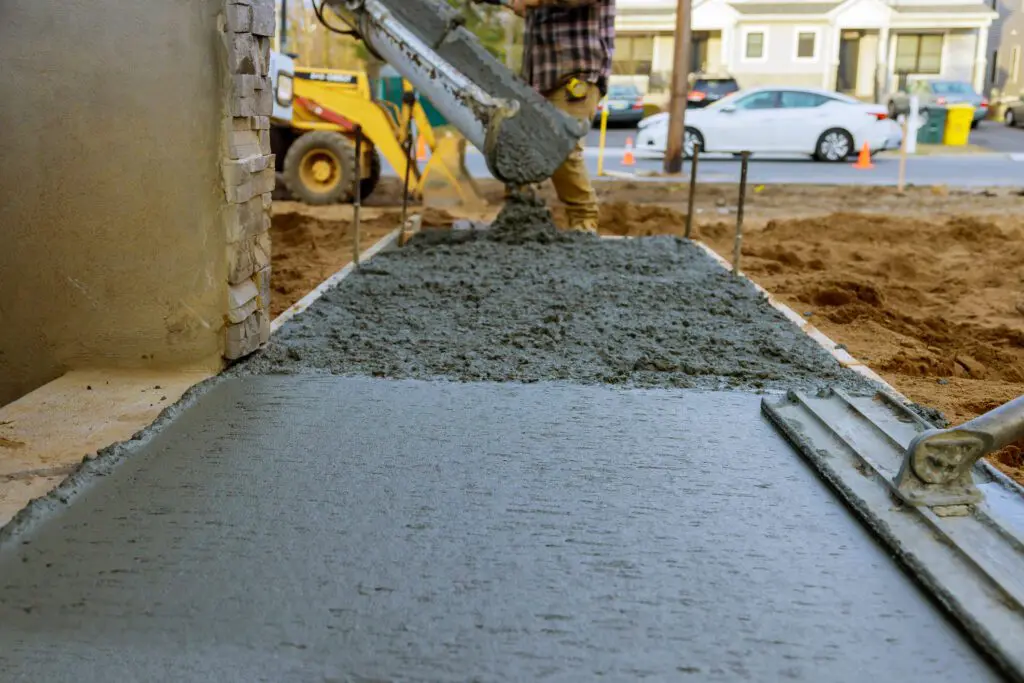
Be cautious when selecting the concrete for your job:
Choosing the right type of concrete is crucial for the success of any construction project. By familiarising yourself with the 24 types of concrete mentioned in this article, you can select the most suitable option based on your specific requirements. As concrete experts, if you need any advice or guidance on the best concrete for your job in hand, then do reach out to us. Whether it’s a high-rise building, a decorative element, or an infrastructure project, understanding the characteristics and applications of each concrete type empowers you to make informed decisions and achieve optimal results in your construction endeavours.

